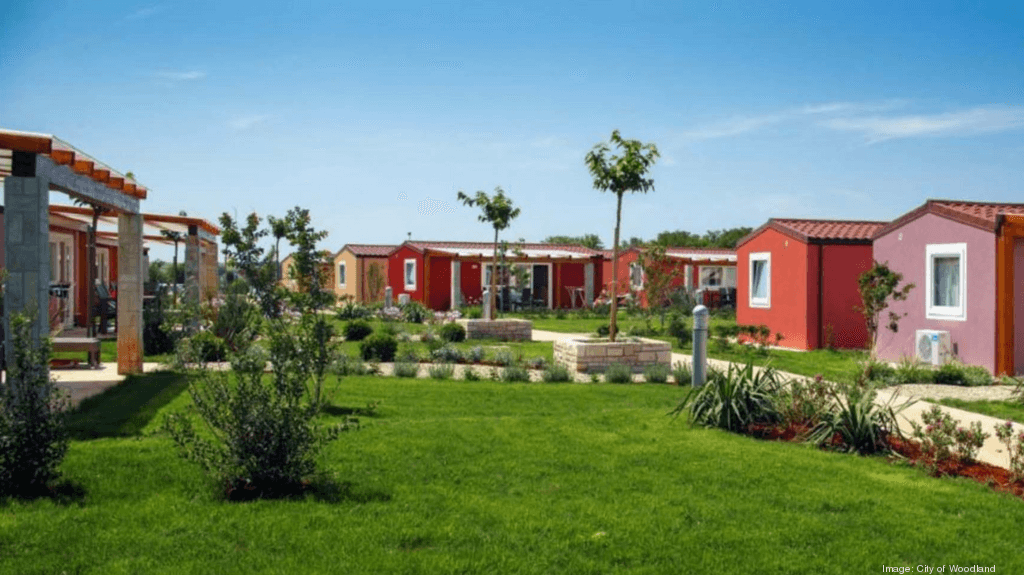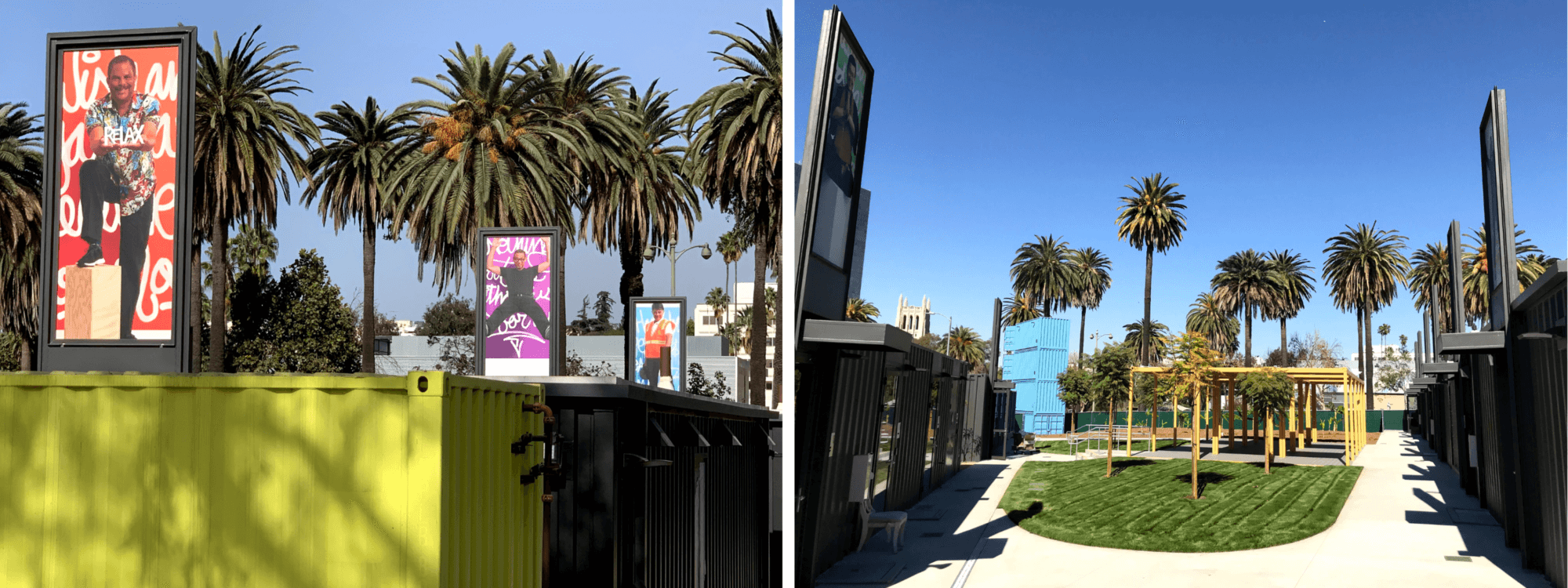Federal law defines houselessness as “lacking a fixed, regular, and adequate night-time residence.” What is often not clearly defined is the link between houselessness and a host of other related factors, such as job insecurity, rising housing costs and mental health issues, including substance abuse. Among the many myths regarding houselessness, the most prevalent include that it’s irresponsible behavior, a combination of poor choices and “laziness” that lead to houselessness. Others incorrectly believe that houseless persons are not interested in housing and actively choose to live on the streets. The reality, however, is quite the opposite: a 2020 survey held in Santa Clara County, CA, found that 68% of those surveyed lost their homes when rents increased beyond their capacity to pay, 65% of whom were employed prior to becoming houseless. In other words, the majority were working people who were priced out of housing. These results mirror those from hundreds of similar surveys and reports from across the nation.
Houselessness is not a simple topic to comprehend or resolve as its many layers preclude quick and easy solutions.
But the sheer magnitude of the problem necessitates that planners, designers and policymakers address this with urgency and purpose. What can be done? Where should limited resources be focused—on immediate, “quick fixes,” or on longer-term, comprehensive solutions? Should solutions broad-based or tailored to local needs? Is this a design issue or a policy issue? The answer to all these questions is: “both.”
In looking for solutions to houselessness, there are many examples to learn from, many of which owe their success to the efforts of passionate individuals. Cities and towns thinking of ways to tackle this problem must look at the common themes behind the successful examples and glean lessons that can be universally applied. As the topic gains mainstream attention, the role of planners, designers and architects become increasingly meaningful in helping develop long-lasting solutions.

This topic was recently discussed at the Congress for the New Urbanism (CNU)’s national conference held in May 2021.
A panel discussion hosted by Opticos Associate Mitali Ganguly, included practitioners with real-life experience in working with solutions for houselessness. In sharing their work, panelists highlighted how a wide variety of ideas and experiments are needed to arrive at realistic, implementable solutions. While the case studies discussed were specific to California, the lessons learned can be applied more broadly.
Steve Coyle, an urban planner, architect, and developer, drew upon his personal experiences with houselessness to design the East Beamer Way project in Woodland, CA. Designed as a campus that offers both immediate shelter and long-term housing, it includes 61 tiny homes providing permanent supportive housing, a treatment center for substance abuse, an adult shelter, and a community facility for health care, mental health services, socialization and more. Although the project has faced significant challenges around siting and land acquisition, Steve’s decade-long commitment to the cause is what helped make it a reality.
A similarly inspiring example, and one of the country’s most successful solutions to date, is the Community First Village in Austin, TX. Pioneered by Alan Graham, Community First is a 51-acre master-planned community that provides affordable permanent housing along with community spaces and amenities, health resources, skills training, and work opportunities. With phase one built out and phase two under construction, Community First at full capacity will serve more than 200 formerly houseless individuals
The holistic approach of providing permanent housing in a campus setting with treatment and support services is ideal.
Unfortunately, this approach is often the most difficult to implement, with a slew of challenges including land acquisition, code compliance, long-term funding, and neighborhood acceptance. In particular, community opposition is a tough obstacle to navigate. Without effective and timely communication, the common reaction many people have to a proposed homeless shelter in their neighborhood, is to say no.
Architect Peter De Maria took a different approach with the “Hope on Lafayette Park” project he designed in Los Angeles, CA. He gained initial community acceptance for the project by presenting a temporary bridge housing project to provide emergency shelter on City-owned vacant land. Its future would be determined after 5 years and rely heavily on neighborhood input. Because it was constructed using retrofitted shipping containers, the entire project was designed to allow for relocation as needed.
However, within the short time of its existence the project has become a popular hangout spot in the area thanks to its innovative design, including a central open space that features an art exhibit integrated into the building façades featuring “local heroes”. While similar spaces are more commonly found in upscale, gated communities, Hope on Lafayette Park is now a neighborhood destination where local residents can gather for picnics, walk their dogs and share in the joys of a communal outdoor area. This integration has led to a greater community understanding and acceptance of the bridge housing and its residents.

Different options are needed for different situations and contexts, as what works in one city may not work in another.
Solutions range from short-term emergency shelters to campuses with longer-term housing and support services, “scattered sites” offering housing and treatment centers, and permanent and affordable housing. Regional plans and initiatives need to be broad-based and comprehensive, and informed by hyper-local issues. While it may seem to be a daunting problem at first, viewing it as an opportunity to address a core societal problem through unique design, innovation, and community outreach can help provide shelter and services to those who need it most.
Houselessness can be solved, and several cities have been successful in doing so. But housing on its own is not enough—it needs to be in combination with support and treatment services, job training and counseling, and even basic facilities for hygiene and storage. The key is to stop treating houselessness as “someone else’s problem.” The design community can play a valuable part, and fulfill its share of responsibility, by leveraging its collective resources and experience to create lasting, meaningful change.